Happy 70th STLE!
Dr. Robert M. Gresham, Contributing Editor | TLT Commentary May 2014
Ongoing change and innovation has led to seven decades of excellence.
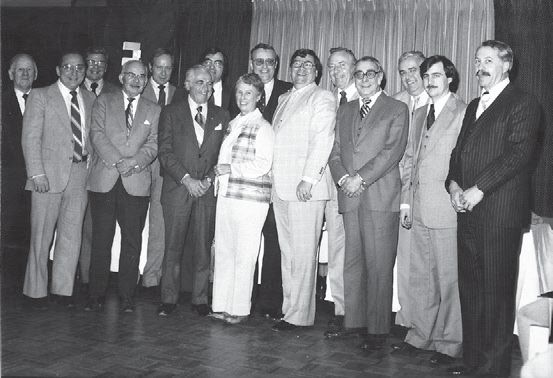
WITH 70 YEARS BEHIND US, STLE clearly has reached another milestone in its growth and development as a relevant society serving the tribological world and the lubricants industry. Happy birthday, STLE!
STLE’s path to 70, like that of most people, is a growth process marked by many shifts and changes that have molded and tempered the organization into what it is today. Most of my career has been in some form of research and development with various divisions in two different companies. If we didn’t create change—new services, products and processes—we didn’t survive. Likewise, it is some of the changes that have impacted STLE the most that I would like to note here.
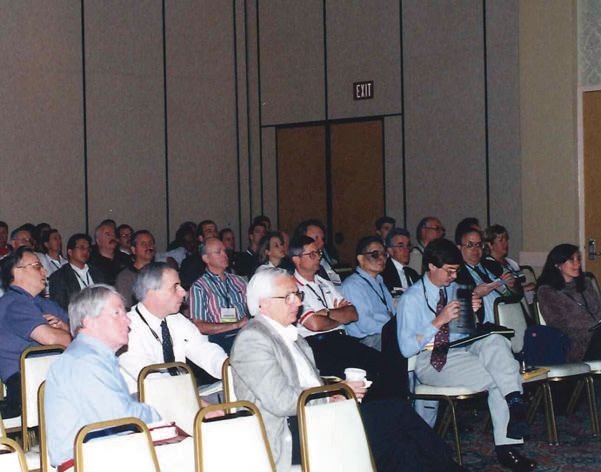
When I joined STLE in 1981, the society was strongly driven by the technical program at the annual meeting. Most papers also were critiqued by a notable expert in the area in a five- or 10-minute presentation following the paper, plus the typical question and answer session. Let me tell you, the fur got to flying in some of those sessions! Back then the Aerospace Industry Council and the Solid Film Lubricants, Non-ferrous and Seals Committees were very strong. On their own, they hosted astronauts to speak, published technical books and manuals and even held independent mini conferences in their subject areas. The only other activity at the annual meeting was the hospitality suites sponsored by various member companies. This was the only real chance these organizations had to interact with current or potential customers other than in the hallways and off-site restaurants.
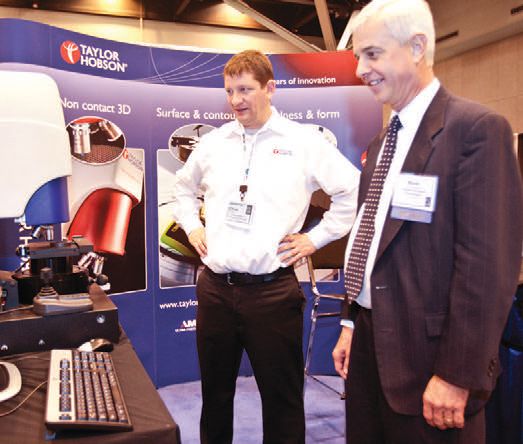
Then, beginning in the late 1980s through the leadership of board member Ed Kane, we began a golf outing and later a trade show and the Commercial Marketing Forum. These changes caused a real fur-fight among many members. Some claimed these commercial activities would dilute the technical program, cause STLE to lose its technical reputation, change the whole temperament of the annual meeting and the society in general and so forth. The industrial side of the society countered by saying, “We are paying for everything anyway, we ought to get something out of the meeting.” These members added that these changes would broaden the scope and content of the society, add new members and companies, increase revenues and lead to other benefits.
Indeed, that is just what happened. Today the society has doubled in size since those changes were implemented, and now there is something for everyone. And, yes, STLE’s technical reputation is still intact.
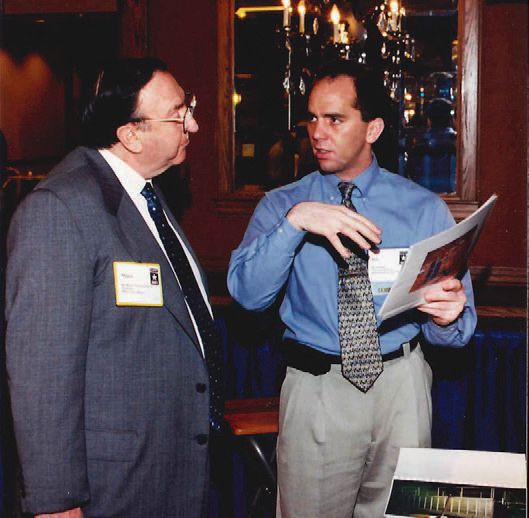
Another big change, spearheaded by Past President John Hermann with ExxonMobil, was the increased emphasis on developing an international presence. In 1987, this initiative prompted a name change from the American Society of Lubrication Engineers to our current name to reflect a more international outlook. Again, there was a lot of fur flying over that change. As late as 1998, when I joined STLE’s staff and visited various sections, there were people who would still tell me that it was the stupidest thing we ever did. We really didn’t quite know how to develop international relationships and are still learning, but we have come a very long way from those early U.S./Canada-centric days.
Today we have ongoing relationships with many groups, domestic and international. In North America we work with ASME, SME, ABMA and ILMA. We also are members of the International Tribology Council, and STLE hosted their 2005 World Tribology Congress in Washington, D.C. We have joint programs in Asia (JSTLE, KSTLE, CTI and TSI), Africa (SAIT and Ghana) and Europe (Oil- Doc, LUBMAT and UEIL). STLE local sections are flourishing in South America (Bolivia) and the Caribbean (Trinidad). Somehow, we seem to have survived yet again.
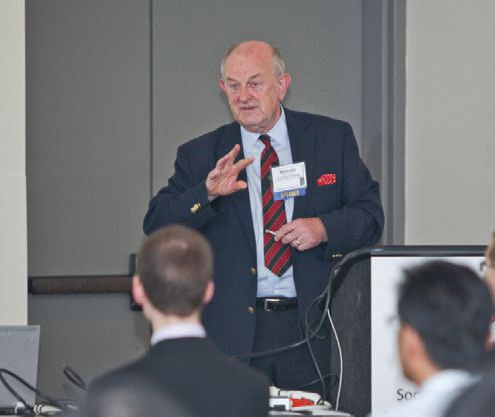
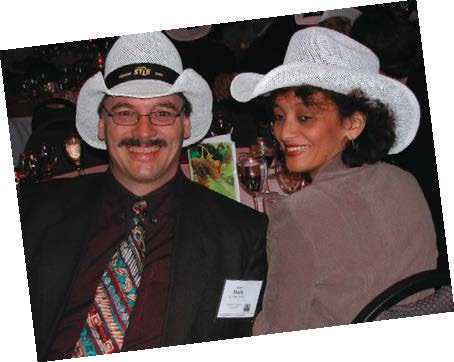
Probably the biggest change that caused loud shouting at board meetings and elsewhere was the introduction of the Certified Lubrication Specialist™ (CLS) program in 1993. Some members said we would open ourselves to lawsuits, that we would no longer be viewed as a technical society, that we didn’t know how to run such a program and that we lacked the resources to administer it. While we learned some harsh lessons along the way, we steadily learned and grew the program and added new certifications as well. Today the CLS is one of our most successful programs and an STLE signature service. Our credibility in the marketplace is excellent, with about a third of our members holding some kind of certification. According to regular surveys conducted by
Lube ‘N’ Greases magazine, CLS-certified professionals earn more money and have more people reporting to them than their uncertified peers. So once again, we seemed to have survived.
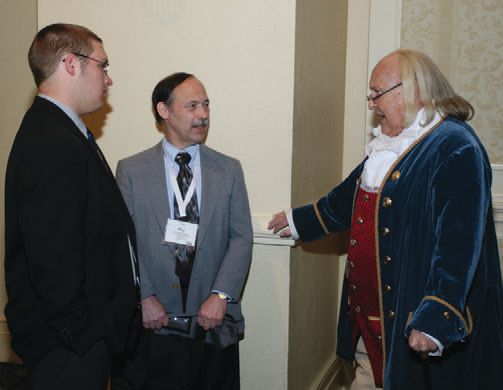
Utilizing information technology, we have broadened the way people can access and interact with the society. Again, we are still learning, but now STLE offers live and archived Webinars and podcasts. We offer digital versions of three major publications: TLT and the peer-reviewed journals
Tribology Transactions and
Tribology Letters. We also have Tribology Netbase, an online electronic library, and an online membership directory. STLE participates in such social media outlets as Facebook, Twitter and LinkedIn.
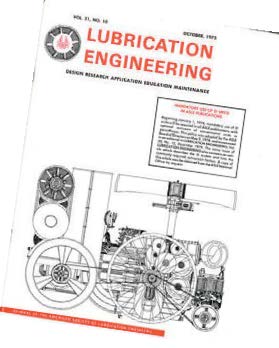
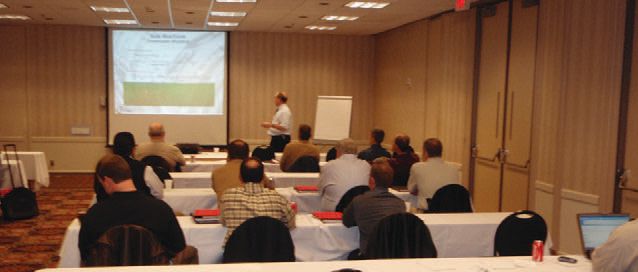
For me change is normal—in fact, it had better be because without it you won’t survive. The proof of that is STLE turning 70 this year. Certainly, it’s a different organization from when I joined, but it’s stronger and better than ever. Happy birthday, STLE!
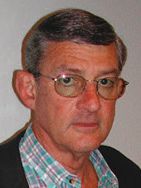 Bob Gresham is STLE’s director of professional development. You can reach him at rgresham@stle.org
Bob Gresham is STLE’s director of professional development. You can reach him at rgresham@stle.org.